| Feature | Chili Flakes | Red Pepper Flakes |
|---|---|---|
| Ingredients | Mixed dried chilies (cayenne, arbol, ancho, etc.) | Mix of red peppers, often including cayenne |
| Texture | Rougher, sometimes chunkier with seeds | Fine, uniform texture |
| Heat Level | Varies (depending on source chili) | Moderate (standardized across brands) |
| Cultural Use | Asian, Latin American, Middle Eastern cuisines | Italian, pizza, pasta sauces |
Let's face it: walking into a spice aisle can feel like navigating a maze of heat levels, flavor profiles, and confusing labels. You're staring at two jars labeled 'chili flakes' and 'red pepper flakes', scratching your head and wondering: are they the same thing or just playing dress-up under different names?
In this spicy showdown, we're breaking down everything you need to know about chili flakes versus red pepper flakes — their differences, similarities, and how to use them like a pro in your kitchen.
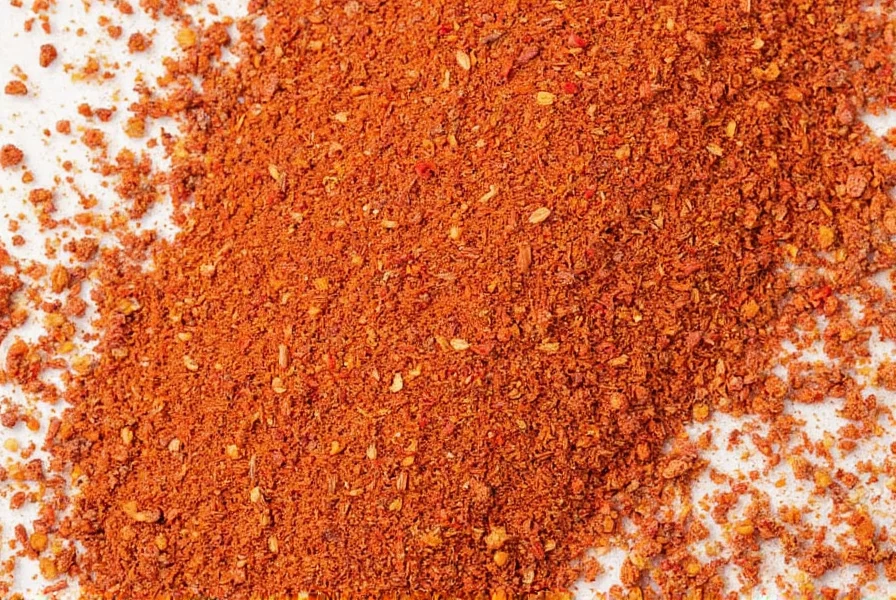
The Big Difference: Are They Really Different?
At first glance, chili flakes and red pepper flakes may seem interchangeable. But dig a little deeper (or taste-test them side by side), and you'll notice some subtle — yet important — differences.
What Exactly Are Chili Flakes?
Chili flakes refer to dried, crushed chilies of various types. The exact variety used can vary depending on where you buy them, but common sources include cayenne, arbol, ancho, or even Thai bird chilies. These flakes often retain seeds and bits of skin, giving them a more complex texture and heat profile.
And What About Red Pepper Flakes?
Red pepper flakes are typically associated with Italian seasoning and are usually made from a mix of red peppers, including cayenne and other sun-dried varieties. In most supermarket settings, 'red pepper flakes' are a standardized product — often without specifying which exact peppers were used — and tend to have a uniform texture and moderate heat level.
Understanding Heat Levels: Scoville Scale Breakdown
When comparing chili flakes vs. red pepper flakes, the key factor is heat — measured in Scoville Heat Units (SHU). While both deliver that fiery kick, their intensity depends largely on the base pepper used.
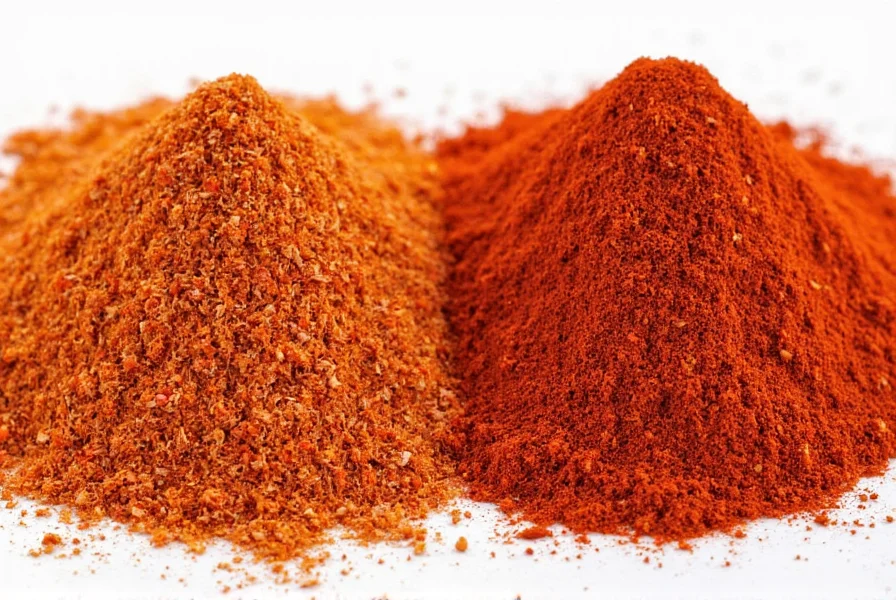
- Red Pepper Flakes: Generally sit around 25,000–50,000 SHU — similar to cayenne powder.
- Chili Flakes: Vary widely based on type. For example:
- Ancho chili flakes: ~1,000–2,000 SHU
- Aleppo chili flakes: ~10,000 SHU
- Arbol chili flakes: ~15,000–30,000 SHU
- Thai chili flakes: ~50,000–100,000 SHU
If you're sensitive to spice, red pepper flakes might be your go-to. If you crave adventure and complexity, chili flakes offer a broader range of experiences.
Flavor Profiles: Taste Beyond the Burn
Spice isn't just about heat; it's also about flavor. Here's how each flake shines beyond the burn:
Chili Flakes: Complex & Smoky
Depending on the chili used, these flakes can bring out smoky, earthy, fruity, or even slightly sweet notes. Think of the difference between smoky chipotle flakes and bright, citrusy Thai chili flakes.
Red Pepper Flakes: Balanced & Versatile
Designed for everyday cooking, red pepper flakes offer a balanced blend of mild fruitiness and steady heat. Their consistency makes them ideal for sprinkling over pizza, pasta, or marinara sauces without overpowering the dish.
Cooking with Fire: When to Use Each One
Choosing the right flake for your recipe can make all the difference. Let's explore practical tips for using each in the kitchen:
Use Chili Flakes When:
- You want bold, complex heat in dishes like kimchi, hot sauces, or salsas.
- Experimenting with regional flavors (e.g., Mexican tacos, Indian curries, or Korean bibimbap).
- You're making homemade spice blends or chili oils.
Use Red Pepper Flakes When:
- Adding a gentle kick to pasta sauces, soups, or stews.
- Sprinkling on pizzas or flatbreads for a familiar, crowd-friendly heat.
- You need a consistent, predictable spice level in large batches.
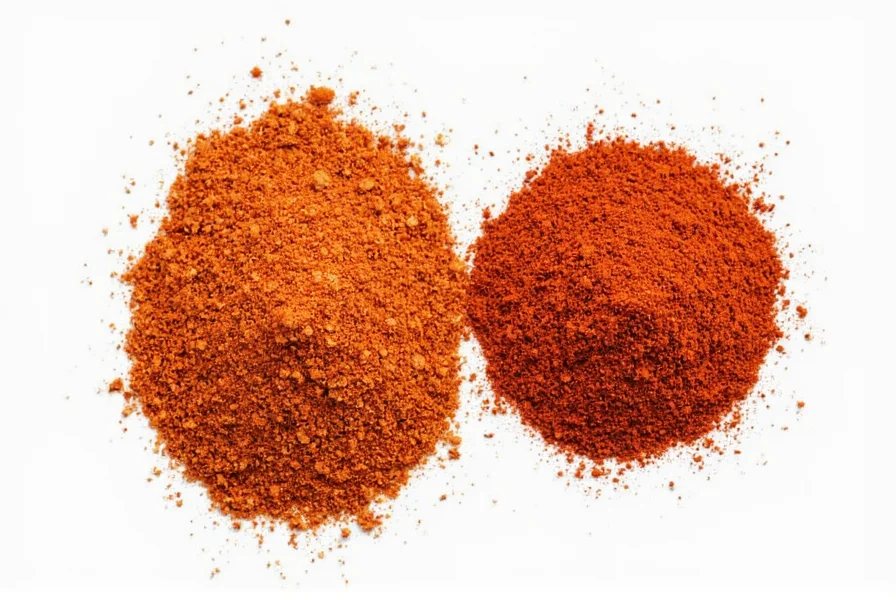
Buying Guide: Picking the Right Spice for Your Kitchen
Ready to stock your pantry? Here's what to look for when buying chili flakes or red pepper flakes:
Top Picks for Chili Flakes
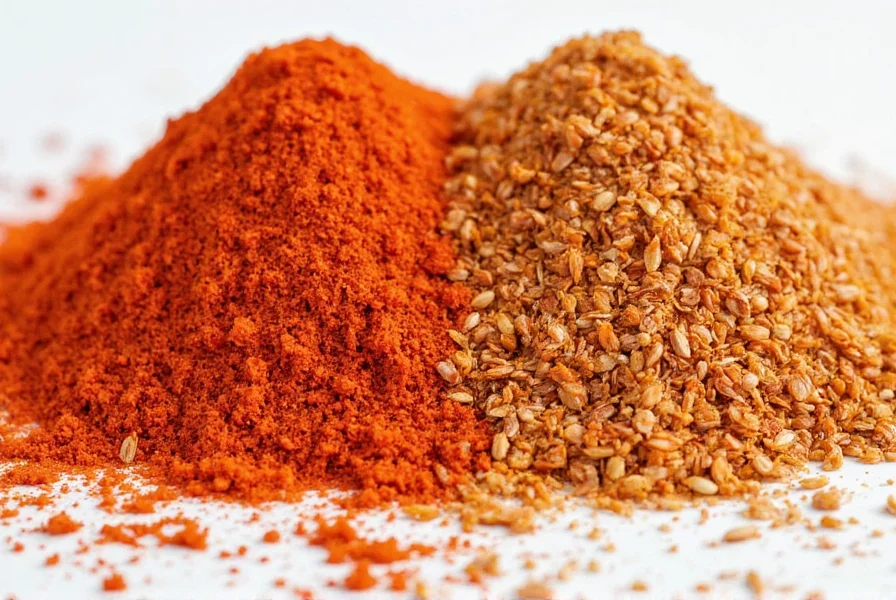
Organic Chili Flakes (Mixed Varieties)
Features: Made from sun-dried cayenne, ancho, and arbol chilies. Contains seeds for extra heat.
Advantages: Great for spice lovers who enjoy varying heat levels and authentic flavor.
Best For: Hot sauces, grilled meats, and fusion dishes.
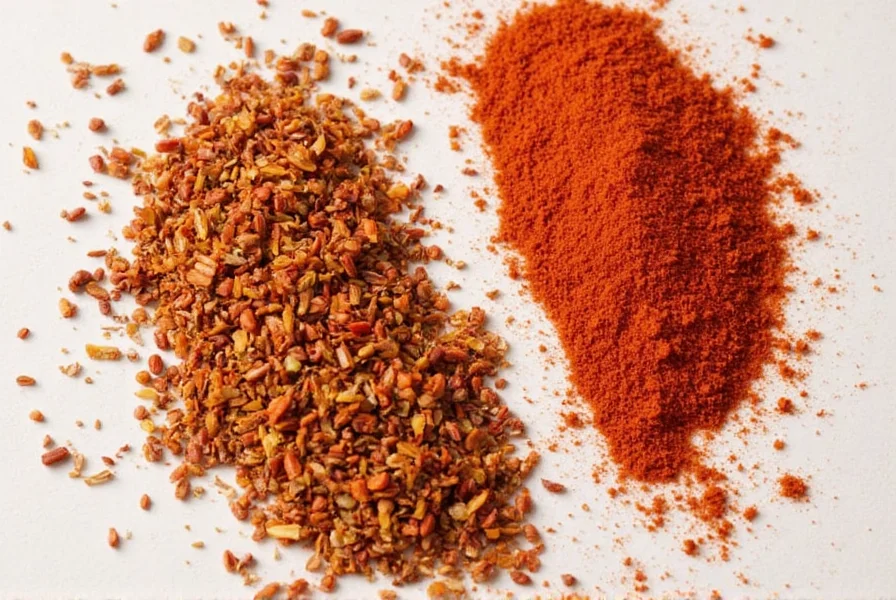
Aleppo Chili Flakes
Features: Mildly smoky with a hint of salt and olive oil finish.
Advantages: Unique flavor ideal for Mediterranean and Levantine dishes.
Best For: Tabbouleh, roasted vegetables, and dips.
Top Picks for Red Pepper Flakes
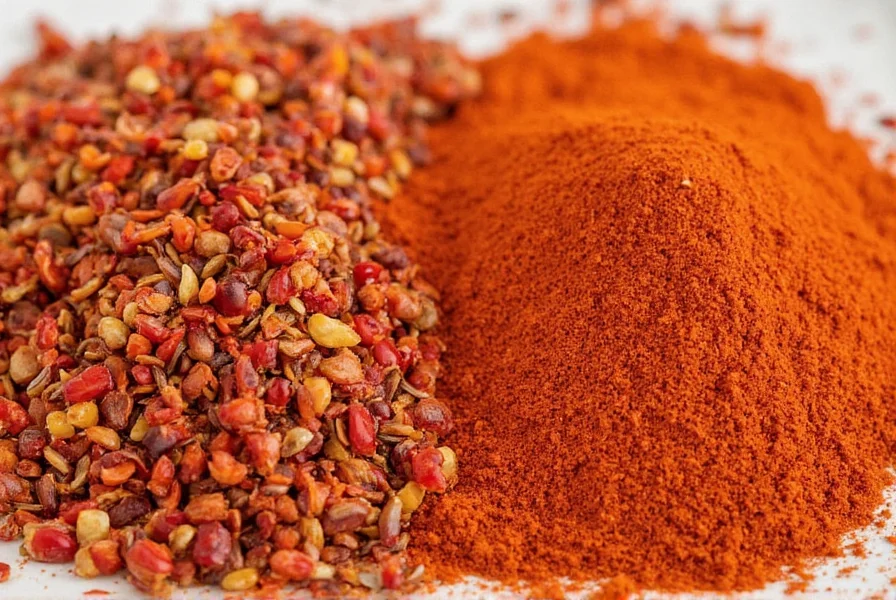
Italian Red Pepper Flakes
Features: Fine ground with consistent texture and moderate heat.
Advantages: Perfect for everyday cooking and kid-friendly meals.
Best For: Pasta sauces, marinades, and pizza toppings.
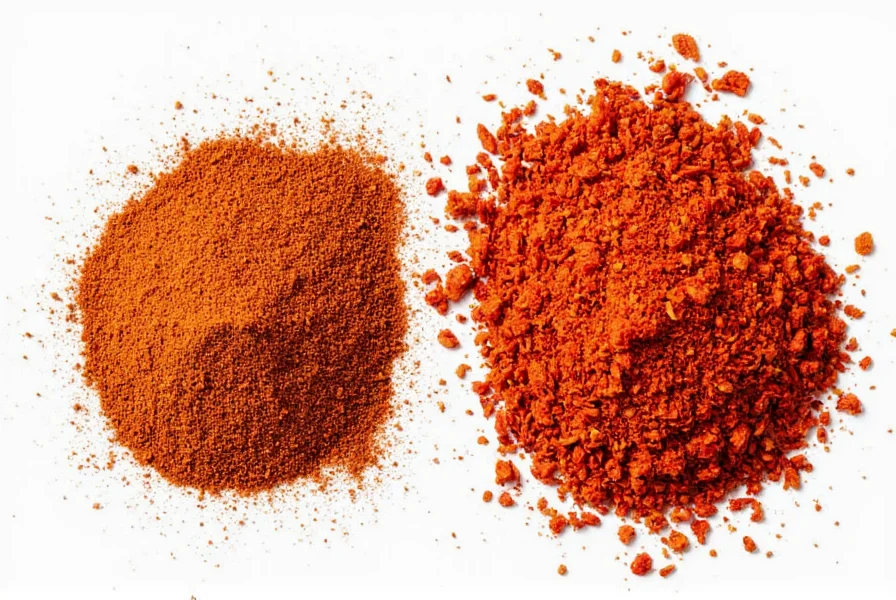
Spicy Crushed Red Pepper
Features: Extra crispy and mildly toasted for enhanced aroma.
Advantages: Adds crunch and visual appeal to dishes.
Best For: Sprinkle on eggs, salads, or breadsticks.
FAQ: Your Burning Questions Answered
Are chili flakes and red pepper flakes the same thing?
No, they are not exactly the same. While both provide heat, chili flakes typically refer to crushed dried chilies of various types (like cayenne, arbol, or ancho), while red pepper flakes are usually a standardized product made from a specific mix of red peppers, often associated with Italian cuisine. The main differences lie in their ingredients, texture, heat levels, and culinary applications.
Can I substitute chili flakes for red pepper flakes in recipes?
Yes, but with caution. Since chili flakes can vary significantly in heat level, you'll need to adjust the quantity based on the specific type you're using. If substituting for red pepper flakes, start with half the amount and taste as you go. For milder chili flakes (like ancho), you might need to use more; for hotter varieties (like Thai), use less.
Which one is hotter: chili flakes or red pepper flakes?
It depends on the specific chili flakes being compared. Standard red pepper flakes typically range from 25,000-50,000 SHU. However, chili flakes can vary widely: ancho chili flakes are much milder (1,000-2,000 SHU), while Thai chili flakes can be significantly hotter (50,000-100,000 SHU). Generally, standard red pepper flakes provide a moderate, consistent heat level.
Why do some recipes specify one over the other?
Recipes specify one over the other for precise flavor and heat control. Red pepper flakes provide consistent, moderate heat ideal for Italian dishes like pasta and pizza. Chili flakes are chosen when a specific flavor profile is needed (smoky, fruity, etc.) or when varying heat levels are required for particular cuisines like Mexican, Asian, or Middle Eastern dishes.
Do red pepper flakes contain only red peppers?
Despite the name, red pepper flakes typically contain a blend of dried red chili peppers, most commonly cayenne peppers along with other varieties. The term "red pepper" in this context refers to red-colored chili peppers, not bell peppers. In commercial products, the exact blend is often not specified, which is why heat levels remain relatively consistent across brands.
Conclusion: Spice Up Your Life With Confidence
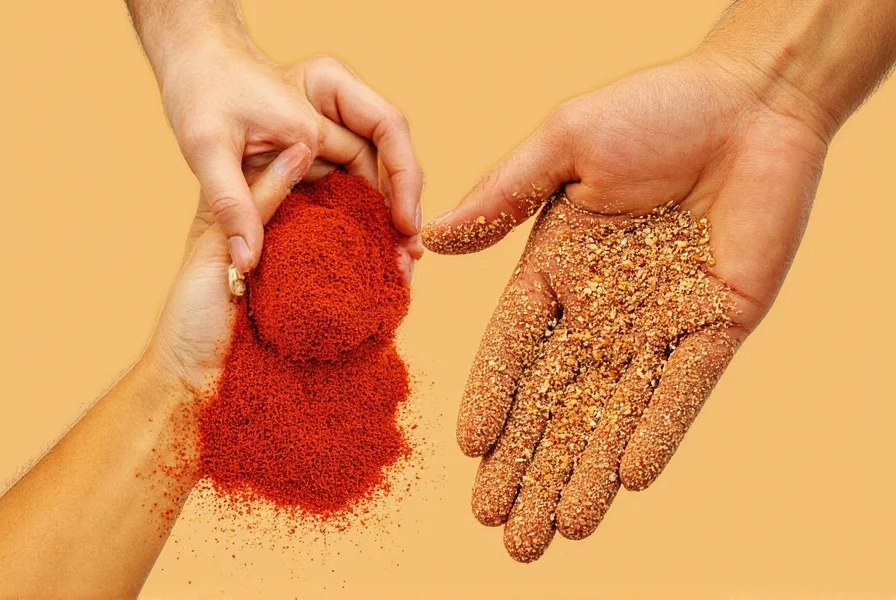
So, are chili flakes and red pepper flakes the same? Not quite! While they both deliver that essential kick we love, they serve different roles in the kitchen. Red pepper flakes offer a consistent, approachable heat perfect for everyday meals, while chili flakes open the door to a world of flavor diversity and adventurous cooking.
Whether you're a seasoned chef or a home cook experimenting with spice, now you know exactly when to reach for each flake. And hey, why choose just one? Keep both in your pantry and let your recipes decide the winner!
So go ahead — shake things up, add some fire, and let your taste buds travel the world — one flake at a time!

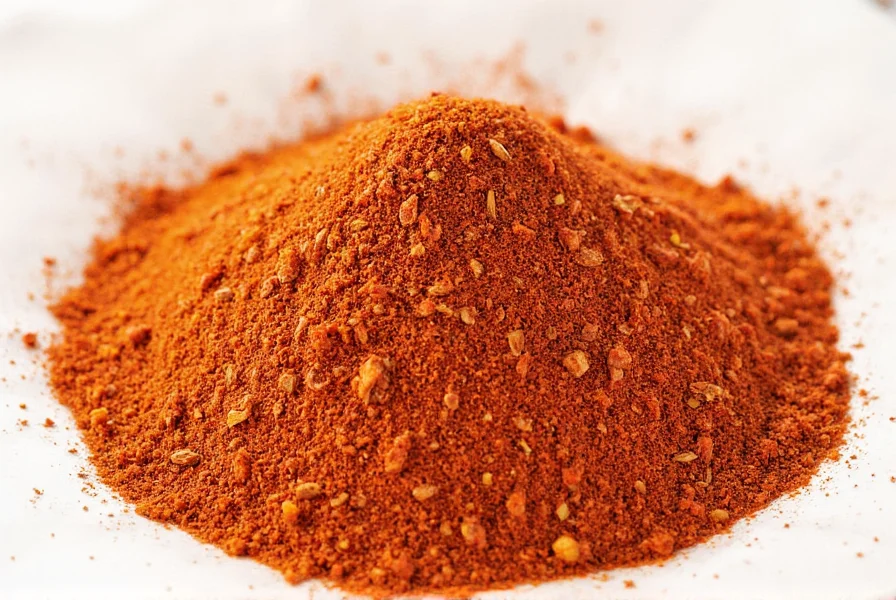









 浙公网安备
33010002000092号
浙公网安备
33010002000092号 浙B2-20120091-4
浙B2-20120091-4